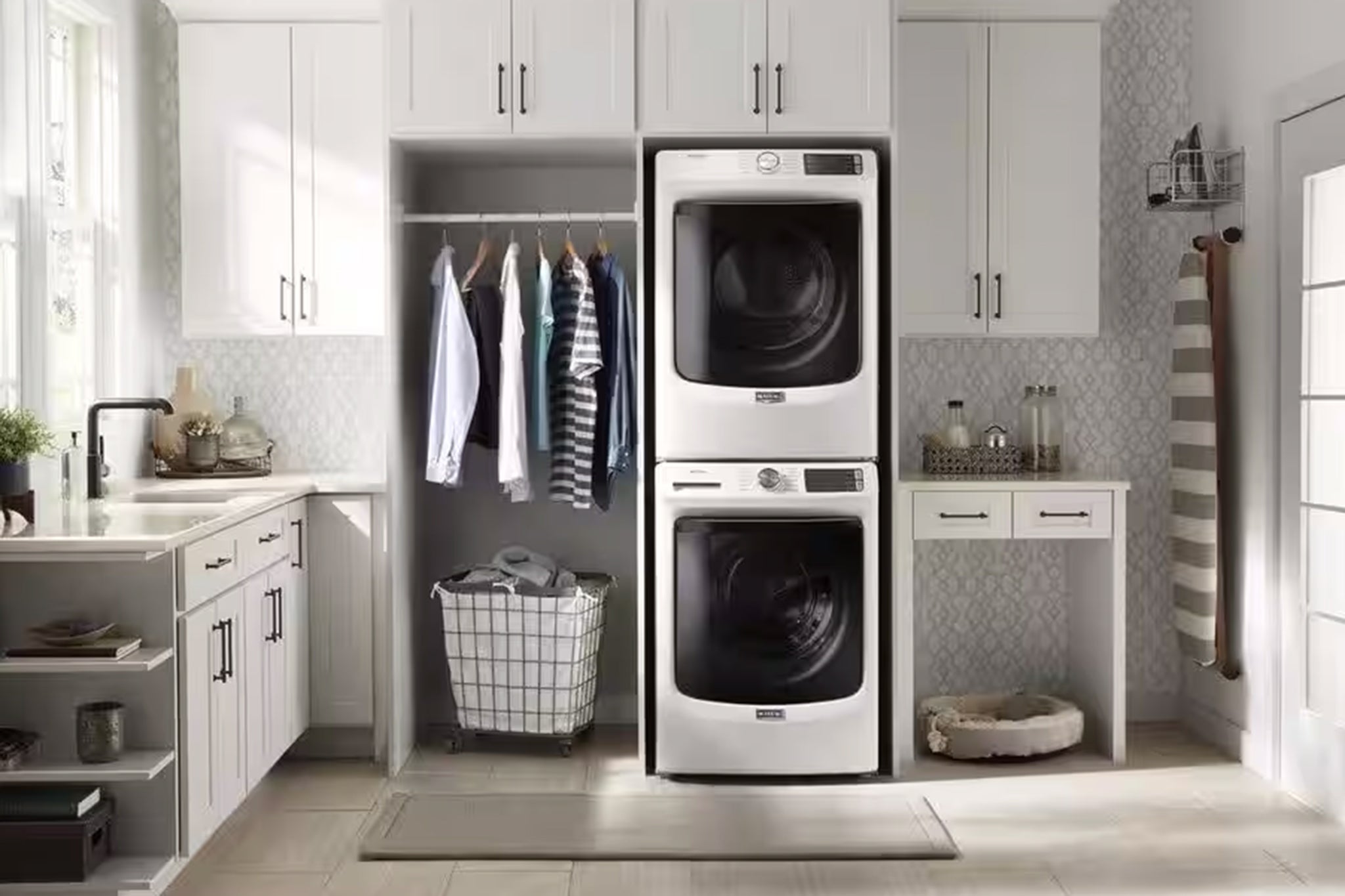
Modern Appliances Are Designed to Last — But Our Practices Might Not Be
For years, consumers have voiced concerns over the diminishing lifespan of household appliances, blaming manufacturers and accusing them of intentionally crafting items to fail early—referred to as “planned obsolescence.” Nonetheless, an innovative study from the Norwegian University of Science and Technology (NTNU) calls this long-standing assumption into question, indicating that shifts in consumer habits, instead of corporate malfeasance, could be the true cause of the reduced longevity of some contemporary appliances compared to their older versions.
The research, led by Kamila Krych during her PhD in NTNU’s Industrial Ecology Programme, investigates the historical durability of major household appliances in Norway, analyzing patterns from 1950 to the early 2000s. This in-depth study provides a detailed understanding of durability, usage trends, and changing consumer demands.
Principal Insight: Most Appliances Are Equally Durable as Before
Challenging common perceptions, the research highlights that for numerous large household appliances—including refrigerators, freezers, dishwashers, and tumble dryers—lifespans have remained surprisingly stable over the decades. This casts doubt on the idea that products are generally less durable than they once were.
“Contrary to popular belief, there is no evidence supporting the notion that product lifetimes are diminishing,” Krych stated. “While many people believe that products have become less durable, this research implies that’s not entirely accurate.”
The Outliers: Washing Machines and Ovens
Although many appliances have maintained their durability, two notable exceptions surfaced in the findings: washing machines and ovens.
– Washing Machines: Their lifespans have decreased by 45%, dropping from an average of 19.2 years in the 1950s to just 10.6 years now.
– Ovens: These have seen a 39% reduction in lifespan, from 23.6 years to 14.3 years.
What explains the sharp decline for these vital appliances?
The Impact of Household Usage
For washing machines, the rationale is surprisingly straightforward: modern households engage in far more laundry than previous generations did. Krych’s investigation, corroborated by earlier studies, reveals that in 1960, a family of four in Norway typically performed laundry twice a week. By 2000, that average had surged to eight cycles per week—a fourfold increase. This heightened usage understandably results in additional wear and tear, reducing the operational lifespan of the machines.
In other words, it’s not that washing machines have become inherently less durable; rather, they are being utilized far more frequently.
“Ovens Are Still Functional—We Just Prefer New Ones”
In the case of ovens, the scenario is more intricate. Although ovens used to last over twenty years due to their robust, uncomplicated designs, many are discarded while still fully operational. In fact, Krych discovered that nearly 40% of ovens in Norway are disposed of while still working. Why is this the case?
The explanation appears to relate to aesthetics and consumer practices rather than mechanical issues. The emergence of integrated kitchens—where appliances are built into cabinetry—and the growing importance of kitchen design have encouraged consumers to replace several appliances simultaneously, particularly during renovations. Even if a dishwasher or oven remains functional, it may no longer align with the aesthetic of a newly renovated kitchen.
“This provides circumstantial evidence, but it highlights the significance of kitchen remodeling,” Krych noted. Modern kitchens, frequently open-plan and combined with living spaces, place greater emphasis on cohesive design. Consequently, appliances that are sound in function may be discarded simply because they appear outdated.
Redirecting Responsibility—and Focus on Policy
These findings hold substantial consequences for legislators, especially within the European Union, where there is increasing pressure to create laws ensuring longer-lasting products and enhanced repair incentives as part of eco-friendly initiatives.
While these measures are commendable, Krych emphasizes that prolonging product lifespans is not solely a matter of improving hardware. Social dynamics—such as frequency of laundry, preferences for kitchen aesthetics, and home renovation cycles—play an equally important role in determining how long appliances are utilized.
“Product lifetimes involve not just the potential duration of the product, but also consumer actions,” she concluded.
Reevaluating Durability in a Consumer-Driven Environment
Krych’s research, published in January in the Journal of Industrial Ecology, encourages a reexamination of the narratives surrounding appliance longevity. While concerns surrounding planned obsolescence are valid in some sectors, this study indicates a more intricate and less conspiratorial reality. Products are not necessarily failing us—we may simply be using them differently or discarding them for factors unrelated to their functionality.
Ultimately, grasping the relationship between engineering, usage practices, and consumer expectations is essential for fostering a more sustainable relationship with our everyday technologies.
If future initiatives regarding durability and sustainability are to thrive, they must consider not